This guide -- Compact disc (CD) players--Theory and Servicing -- is a synthesis, based on on several service and troubleshooting books from the mid 1980s to late 1990s.
Written specifically with service technicians and engineers in mind, this guide is designed as a bench-side companion and guide to the principles involved in repairing and adjusting CD players. Engineers will find this a helpful companion to the various service manuals. The text takes a problem solving approach with numerous examples, circuit diagrams and line drawings.
Engineers who need to achieve a better understanding of CD technology will find this guide an essential tool for fault diagnosis, adjustment and repair. This guide not only covers the mechanical design but also the integrated circuits within a CD player. It is written for immediate application and is well illustrated, so it should become a welcome addition to the rack of tools available to the service engineer.
One of the reference authors, K. Clements, has extensive experience of the service industry both as a service manager and later in technical training with Sony and Pioneer.
It is this hands-on knowledge that makes this guide so valuable, not only as a wide-ranging reference but also as a benchtop manual to be kept within reach at all times when working with CD players.
Topics include: Basic principles of CD technology; Basic CD player; Optical assemblies; Focus servo; Tracking servo; Carriage servo; Disc or spindle motor servo; Decoder; System control; Power supplies, Fault diagnosis; Adjustments.
CONTENTS
Preface (below on this page)
6 Test mode and adjustment procedures
Appendix 1: Analog and digital processing
Appendix 2: Health and safety
PREFACE
Over the years that the compact disc has been around, the actual servicing of the relevant players has at times been the cause of much frustration insomuch that when a CD player is not working it frequently just sits there doing not very much, which in fact can be the same condition when the player may be working quite satisfactorily whilst awaiting the disc to be inserted. As a result the thought that has frequently arisen is 'Where do we go from here?' -- the answer is to read on McDuff.
Many types of players have a numerous range of adjustments, whilst others, and especially the later models, have hardly any adjustments at all, but unfortunately the CD player in the past has become a 'tweakers paradise', on the basis of 'if it has a preset give it a tweak and see what happens'.
Of all the adjustments that engineers regard with suspicion, probably the most dreaded is diffraction grating, which in my experience has been the cause of much individual frustration as it is often an adjustment that requires the touch of a watchmaker, and not that of a mechanic adjusting the tappets of a car engine. Fortunately this adjustment is now disappearing in the relevant players, with the new types of optical block currently making their appearance.
The CD player is not necessarily the beast that it occasionally appears to be, but requires a certain approach and an element of confidence, and then there is not really any problem at all.
The aim of this guide is to provide a readable understanding of CD technology, and also to supplement the relevant service manual for the CD player that may be undergoing some form of service.
Over the years that I have been personally involved in CD technology, usually by way of the many technical training courses that I have been privileged to provide for engineers servicing CD players, I have made many friends throughout the service industry, and I wish to extend my personal thanks to those many friends who have made many contributions to my understanding of the subject with their own 'coal face' knowledge from the bench, especially as I leave Pioneer, due to early retirement, literally as this guide is completed.
Also, this guide could not have been completed without the support of engineers who have kindly loaned or donated a wide range of service manuals from which I have been able to provide most of the information contained within the guide. It would be most unfair to mention engineers by name--I am liable to forget someone and that would be unforgiveable--but they know who they are, and I wish them to accept my appreciation.
I have endeavored to extend the information over a wide range of manufacturers and would acknowledge my appreciation to those manufacturers that have been mentioned in the text.
Finally, I must mention my wife, Olive, who has tolerated my long and frequent absences from home whilst providing training courses, and who has also maintained the required pressure, not really nagging, to ensure that this guide reaches completion.
My best wishes to those readers who gain some form of benefit from the following pages.
Ken Clements
West Drayzon, Middlesex
Formerly Technical Training Manager with Pioneer High Fidelity (GB) Limited
Throughout this guide the following abbreviations for units are used:
ms^-1 (= meters per second)
V cm^-1 (= volts per centimeter).
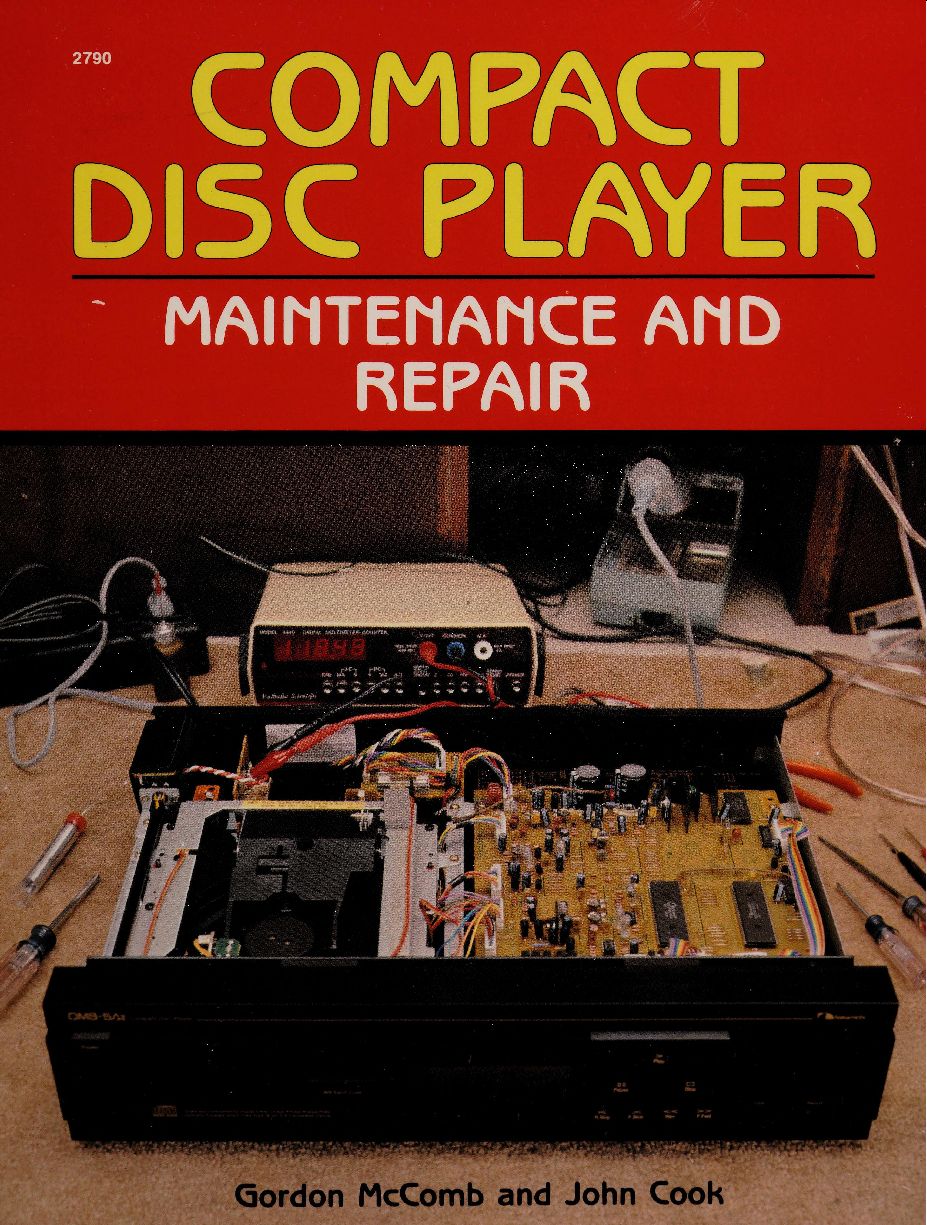
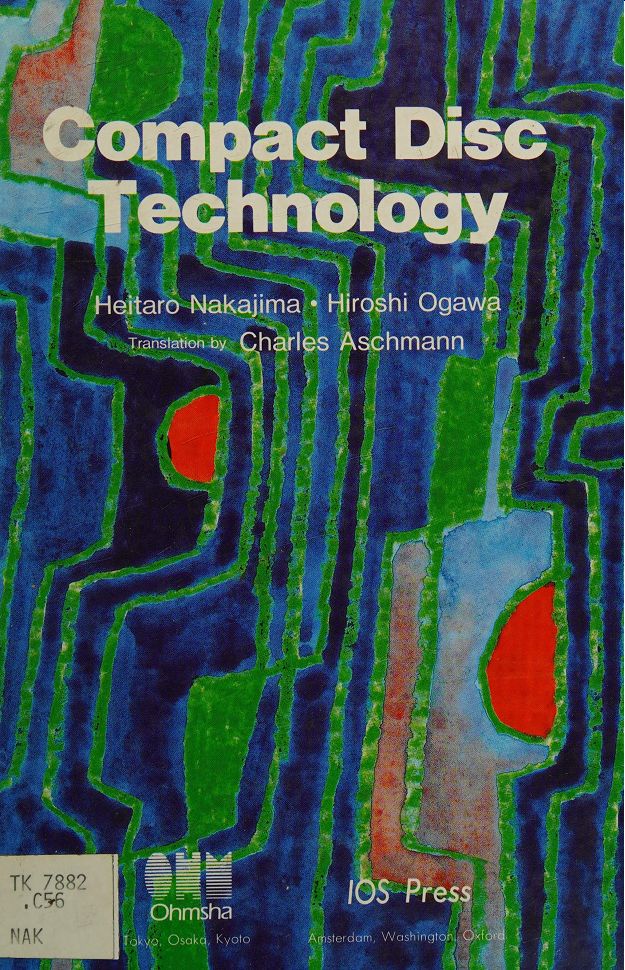
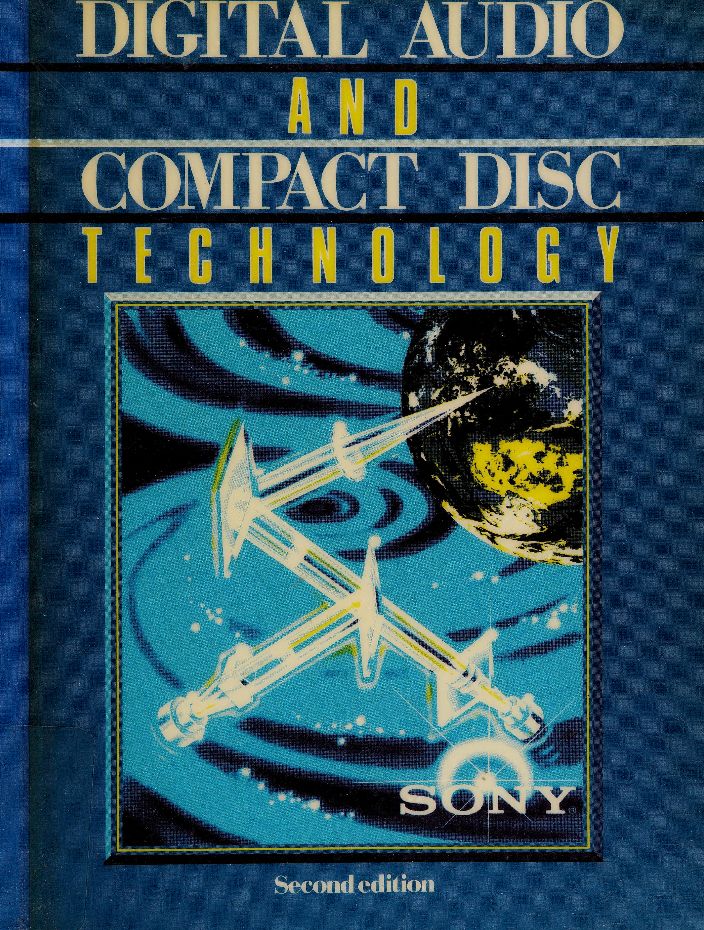
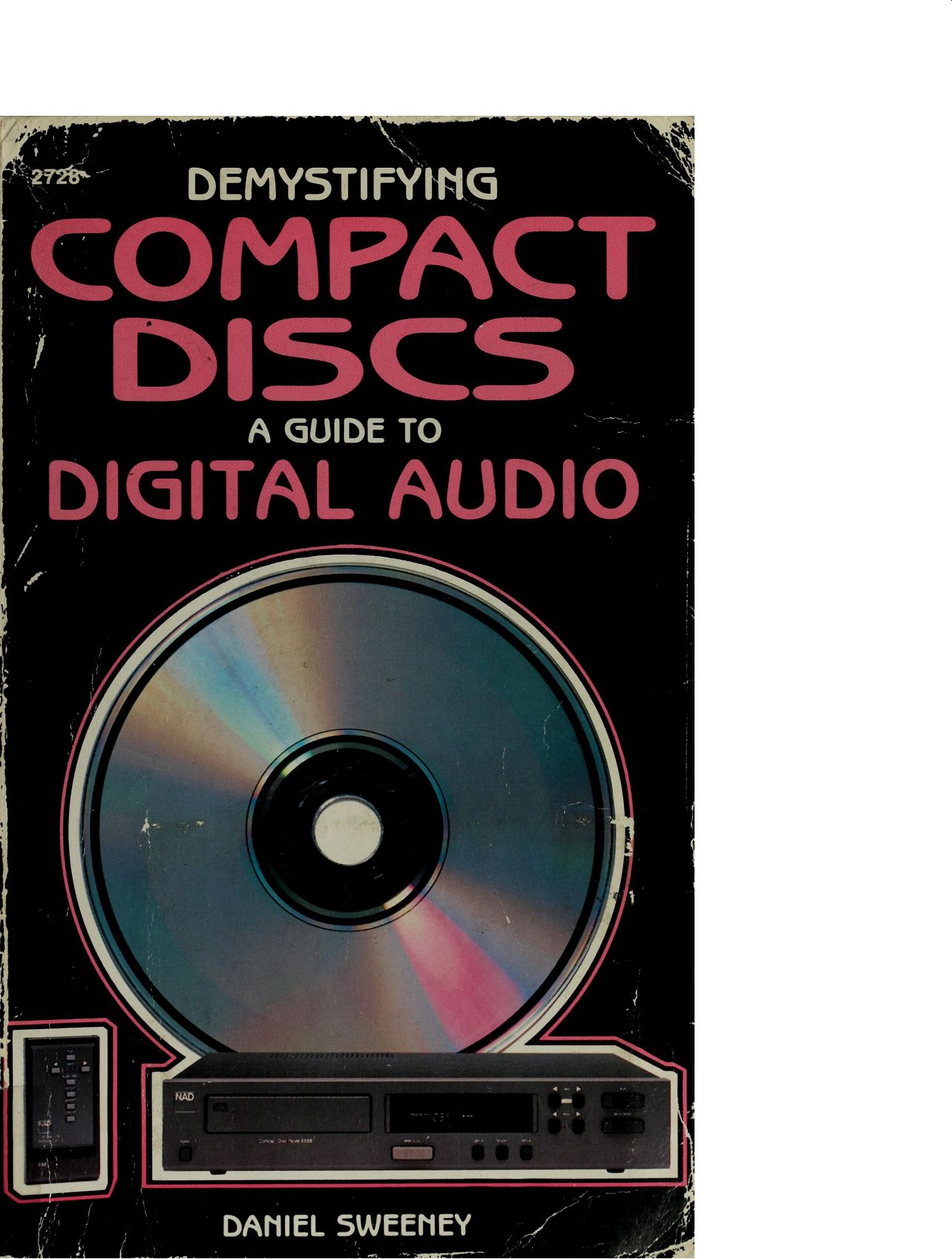
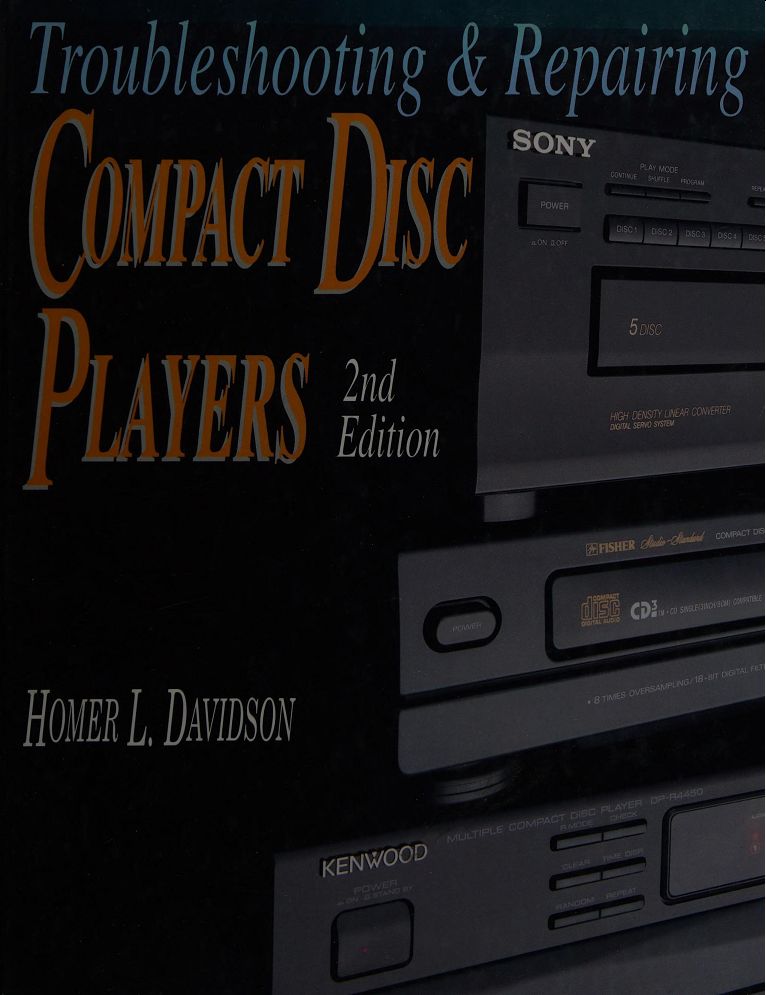
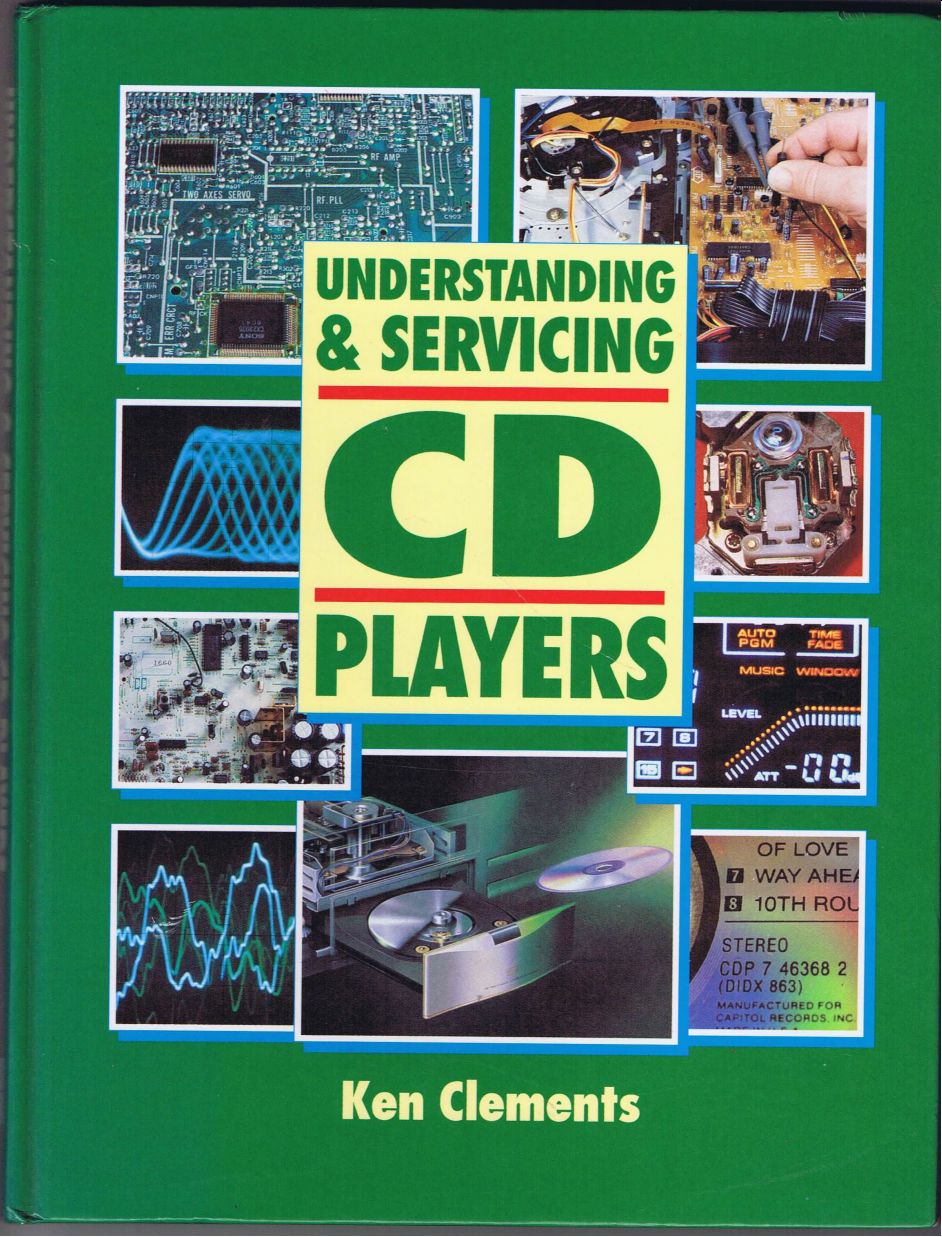
Also see:
Ultimate Guide to Digital Audio
Compact disc (CD) players--Maintenance and repair
Principles of optical storage -- part 2 -- Focus and tracking mechanisms (Apr. 1985)
Understanding and Measuring Hi-Fi Specifications (as of 1978)
= = = =